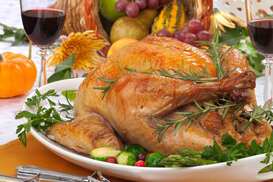 As Thanksgiving and the holiday season approach – and consumption of turkey and other poultry climbs – give your team a primer on safe preparation. Salmonella is among the top causes of food poisoning in the U.S., leading to about 26,500 hospitalisations and 420 deaths, according to the Centers for Disease Control and Prevention. Chicken and turkey are responsible for about 20 percent of Salmonella infections, the most of any food category. As you anticipate serving up this season’s poultry, remember to separate poultry from raw and ready-to-eat foods. Thaw poultry safely – not out on the counter – and avoid keeping it at room temperature for more than two hours. Wash hands thoroughly and disinfect surfaces nearby, but don’t wash the poultry itself – it spreads bacteria around the sink and nearby surfaces. If you need to remove anything from the skin, use a paper towel to do so. Cook to 165°F, as measured with the thermometer inserted in the thickest part of the thigh. 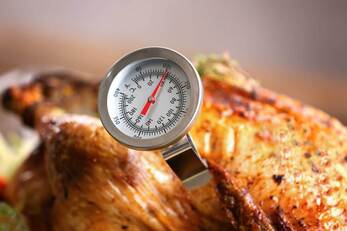 Campylobacter and salmonella are the top causes of foodborne illness in the U.S., and recent reports of high amounts of poultry contaminated with these pathogens mean restaurant operators should be especially vigilant about safe poultry preparation. Always place raw poultry on the bottom shelf of your refrigerator to prevent it from dripping on other items. Poultry should be cooked to an internal temperature of 165°F. As barbecue season approaches, try to ensure the poultry you serve is eaten promptly to keep it out of the temperature danger zone (between 40 and 140°F) and refrigerate it after two hours – one hour if it is sitting outside in warm temperatures. 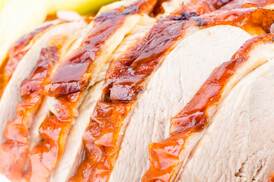 Poultry may be an especially hot commodity right now amid supply chain strains, but don’t let that result in the relaxation of any food safety standards on your part. Poultry is still among the top commodities responsible for foodborne illness, so it’s especially important to take care when preparing it. Keep raw poultry and its juices away from other foods during preparation and refrigeration. Don’t wash poultry, which can contaminate nearby surfaces. Cook it to an internal temperature of 165°F and ensure an accurate measure by inserting the thermometer into the thickest areas, avoiding bone. ‘Tis the season for poultry – and an important time to review how to prepare it safely. Remember to wash hands, cutting boards, utensils and other nearby kitchen prep surfaces with soap and water immediately after handling raw poultry. Don’t rinse poultry in the sink, as it will not remove bacteria and can actually spread it around your kitchen. Place it on the lowest shelf in the refrigerator to avoid any leakage that could contaminate other foods. Cook it to an internal temperature of 165°F as measured with a food thermometer, then refrigerate leftovers no more than two hours after cooking. Turkey time is coming quickly. Whether you’re planning to pack up full meals to be heated and eaten off-premise, provide Thanksgiving meal kits for home cooks, or serve Thanksgiving meals on site (and obviously boxing up guests’ must-have leftovers), you need to ensure your food is both transported securely at the proper temperatures and consumed in a way that minimizes the risk for foodborne illness. It’s easy for not only turkey but also side dishes to be left out for too long or cooked inadequately, making it easier for bacteria to multiply. Providing your guests with detailed instructions for heating, refrigerating and reheating, and make sure you have well-insulated packaging that will ensure your dishes can be transported at safe temperatures.
The USDA and CDC have long advised against washing chicken for food safety reasons. Still, a number of restaurant chefs disagree and wash poultry not necessarily with the intent of killing germs – which only cooking will achieve – but to remove any grit or sodium on the outside of the poultry and to help make its surface easier for spices and other seasonings to adhere. You do not need to wash poultry before cooking – in fact, any splashes generated by washing can contaminate nearby surfaces and utensils with dangerous bacteria for months. But if you feel you must rinse the outside of poultry to clean its outer surfaces, Argyris Magoulas, a USDA technical information specialist, told Today.com that it is okay to soak poultry in water, taking extra caution that juices don’t splash, and leaving it in the refrigerator for no more than two hours before cooking.
|
subscribe to our newsletterArchives
April 2024
Categories
All
|
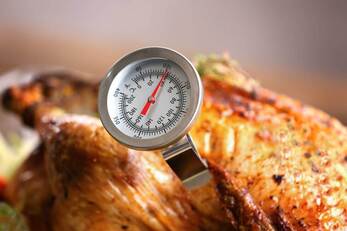
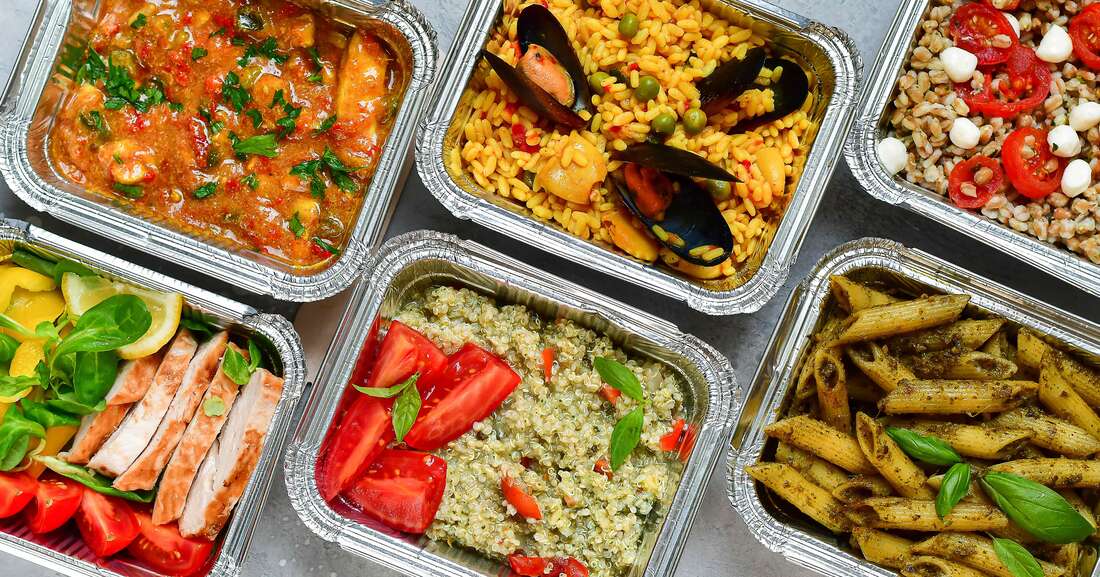
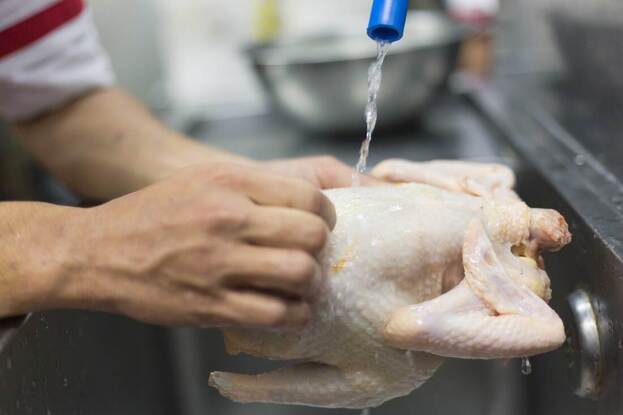


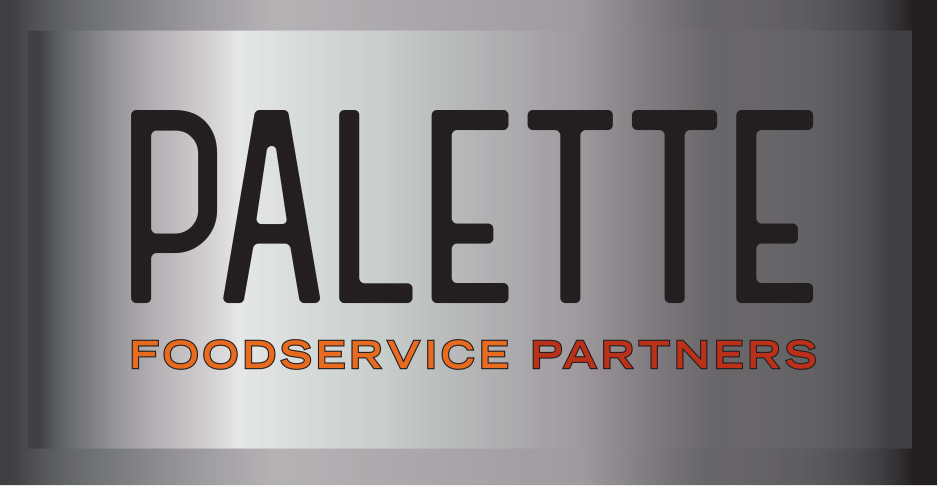
 RSS Feed
RSS Feed